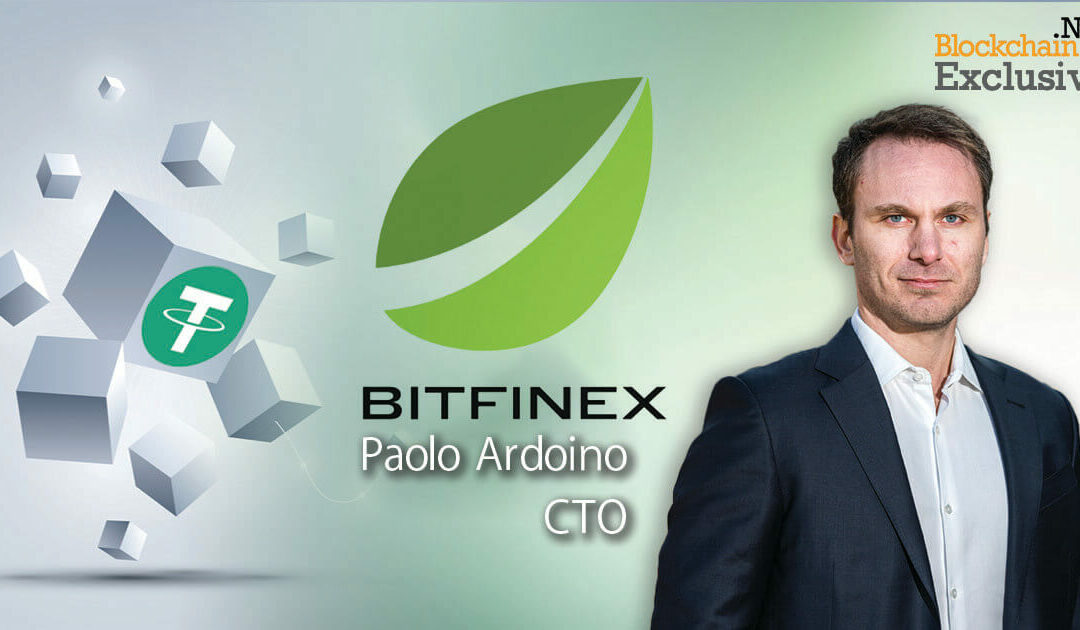Iris Coleman
Jul 22, 2024 12:22
Bitcoin (BTC) hits a 39-day high of $68,560 amid strong bullish signals, ETF inflows, and market resilience, according to Bitfinex Alpha.
Bitcoin (BTC) has shown remarkable resilience, hitting a 39-day high of $68,560, rebounding over 29 percent from the local low on July 5th, according to Bitfinex Alpha. This surge was marked by five consecutive green daily closes from July 12th to 16th, indicating strong bullish momentum.
Market Resilience Amid Sell-Side Pressure
One of the key events impacting the market was Germany’s Bundeskriminalamt’s liquidation of over 48,000 BTC, which created substantial sell-side pressure. The market, however, absorbed this influx, showing resilience and renewed demand. The exhaustion of sell-side pressure from both the German government’s sale and miners has allowed for positive price action and recovery. The Miner Sustainability metric indicates that miners are now fairly paid, marking their return to profitability for the first time in a month, suggesting the phase of upgrading machinery is nearing its end.
Positive ETF Inflows
ETF inflows have also been positive, with almost $1.2 billion recorded last week, marking the first positive interest since early June. This rise in inflows is attributed to the price exceeding the average inflow cost basis of ETF holders, which is $58,200, breathing new confidence into the market.
Orderflow Metrics and Accumulation
Orderflow metrics have contributed to the bullish sentiment. The spot Cumulative Volume Delta metric, which measures the net difference between market buying and selling volumes on centralized exchanges, has reflected a shift towards net-buy-side activity for the first time since early March. Additionally, the Bitcoin Exchange Reserve metric shows a rapid decrease in BTC reserves held in exchange wallets, suggesting that large investors have been buying the dip and moving their assets off exchanges, indicating accumulation and potential supply squeeze.
Short-Term Holder Dynamics
The cost basis for short-term holders (STH) has also seen a rise, with the realised price currently at $65,176. This indicates a resurgence in buying interest and confidence among short-term holders. The Short-Term Holder Spent Output Profit Ratio (STH SOPR) metric, which determines whether short-term holders realise profits or losses, is moving back towards equilibrium, suggesting that capitulation from this cohort might be over.
Economic Factors and Regulatory Advancements
In the broader economic landscape, US retail sales figures have shown a significant slowdown in inflation, positively impacting consumer spending. However, the housing market has seen a downturn due to high mortgage rates and a shortage of affordable homes. Despite these challenges, the manufacturing industry has demonstrated resilience, with factory production exceeding expectations.
Additionally, the US Leading Economic Index continued to contract in June, but the rate of contraction has slowed, indicating a less negative long-term growth outlook. In the regulatory sphere, the approval of Spot Ethereum ETFs from Fidelity, VanEck, and others by the US SEC marks a significant development. These ETFs will begin trading on July 23, 2024. In Hong Kong, stablecoin sandbox participants are facing new regulatory frameworks, and South Korea has enacted the Virtual Asset User Protection Act, mandating stringent security measures for exchanges.
For further insights, visit the original report by Bitfinex Alpha.
Image source: Shutterstock









